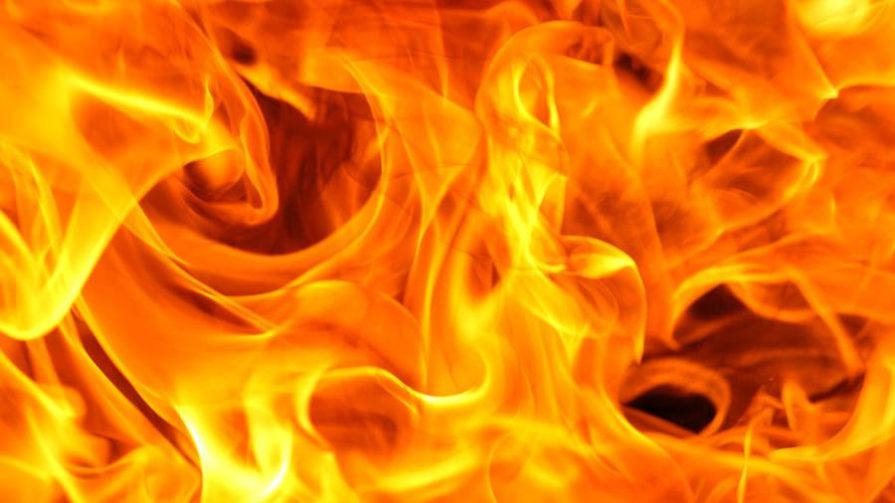include(“CBB/includes/base_url.php”); ?>
Betting the Rushing Game ]]> include($base_url . “/includes/header.htm”); ?>
| The Significance of the RunningGame By: InsiderEdge Its never too early to break out those notebooks andstart looking ahead to the 2004 football season. It will behere before you know it so dont wait until the last minuteto get the ins and outs of the upcoming season. Lets startout by taking a look at some rushing numbers for the last coupleyears and see how good and bad rushing teams perform at thebetting window. Being able to run the ball in college footballhas always been a key factor in the overall success of a team.The same adage also goes for teams who have the ability to stopthe run as well. Putting these two factors together can producesome very positive results in a teams record both straightup and against the spread. Lets take a look at our 2002 and2003 results and show you how the significance of a solid runningattack on both sides of the ball can produce some very niceprofits. We have our own formulas that rank the rushing offense anddefense of teams which are based on yard per game (ypg), yardsper carry (ypc), Tds scored and allowed, power ratingsand strength of schedule. At the end of 2002, our top 5 rushingoffensive teams consisted of Kansas St. West Virginia, PennSt., Air Force and Nebraska, not big surprises by any meanssince all were in the top 10 in the nation in ypc. The sameholds true for our top 5 rushing defensive teams (TCU, KansasSt., South Florida, Ohio St. and Troy St. as all were in thetop 10 in ypc allowed). For this example, we will look at thetop 20 on each side of the ball and see how noteworthy thesestats can be when handicapping games. Offensively, here is our top 20 with their final ORR (OffensiveRushing Rating) for 2002: 22.07 Kansas St. Of these 20 teams, only Navy finished the season with a losingstraight up record while only 6 of the 20 teams finished witha sub-.500 ATS record (Nebraska, Navy, Miami Fla, Wake Forest,Blowing Green and Arkansas). Overall, the 20 teams combinedfor a 179-70 record straight up and a 139-94 record ATS (59.7%).Even more impressive, these teams combined for a 40-25 recordATS (61.5%) as underdogs. This solidifies the maxim Alwayslook at the rushing dog. Now lets look at the 2003 rushing numbers, listing thetop 20 with their final ORR: 20.99 Minnesota Rice and Wake Forest are the only teams in the top 20 thatfinished below .500 on the season. Just like 2002, only 6 ofthe 20 finished with a sub-.500 ATS mark (Kansas St., Air Force,Louisville, Virginia Tech, Wake Forest and Auburn). Overall,the 20 teams combined for a 160-79 SU record and 125-97 (56.3%)ATS record which is down compared to the prior year but veryprofitable nonetheless. As underdogs, they combined for a 40-29(58.0%) ATS record. Defensively, the numbers are just as impressive. Our top 20and their DRR (Defensive Rushing Rating) in 2002: 1.51 TCU Two of these teams finished with a losing straight up record(Troy St. and Utah) while only 3 finished with a losing ATSrecord (Utah, Washington and Arkansas). Overall, the top 20combined for a 182-60 straight up record and a 139-85 ATS record(62.1%). How did these teams finish the season as an underdog?A very impressive 35-16 ATS (68.6%). Similar to the offense, the defensive numbers fell somewhatin 2003 but again they were moneymakers. The 2003 top 20 withtheir final DRR: 1.46 Southern California All of these teams finished with a winning record straightup with Auburn having the worst record at 7-5. Overall, thetop 20 finished 186-52 SU and 128-99 (56.4%) ATS. As underdogs,they finished 29-22 (56.9%), which is less than last seasonbut still in the black. Not surprisingly, in 2002 the bottom 5 teams both offensivelyand defensively finished a combined dismal 31-91 straight upand 46-69 ATS (39.6%). In 2003, the bottom 5 finished 33-109SU and 49-78 ATS (38.6%). Looking ahead to 2004, it will bedifficult to predict which teams will fall into these top 20categories. The secret is to watch the numbers for the firstmonth and then see how the rankings look. You will be surprisedhow much value you will find in the numbers with these rushingand non-rushing teams. Next up we will be looking at some of the significant springinjuries that your 2004 college football preview magazine willnot have taken into account. |
include($base_url . “/includes/footer.htm”); ?> ]]>





